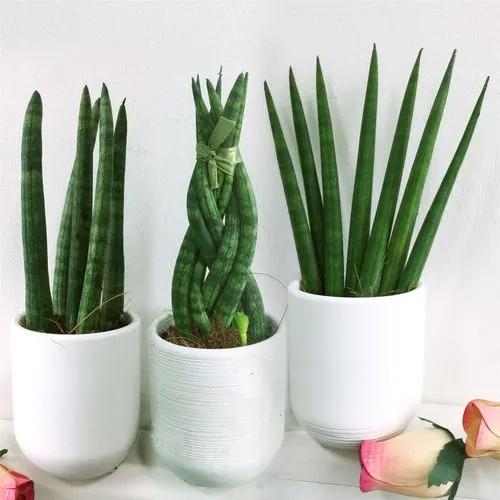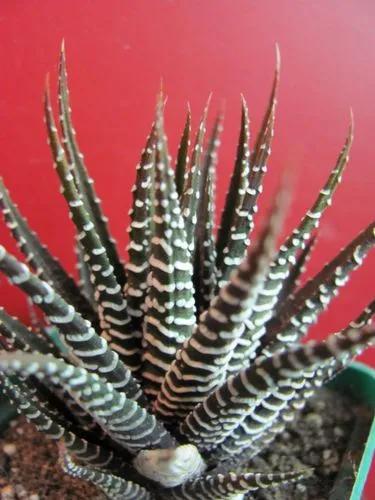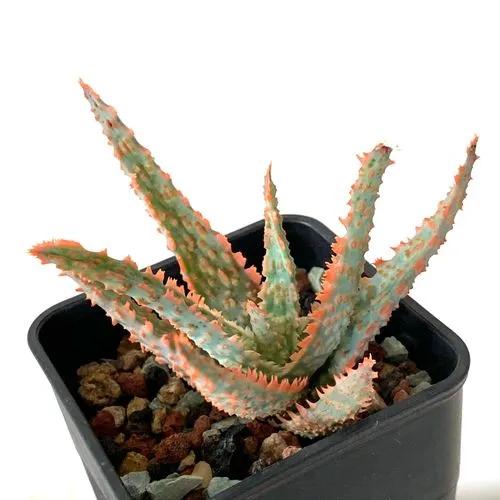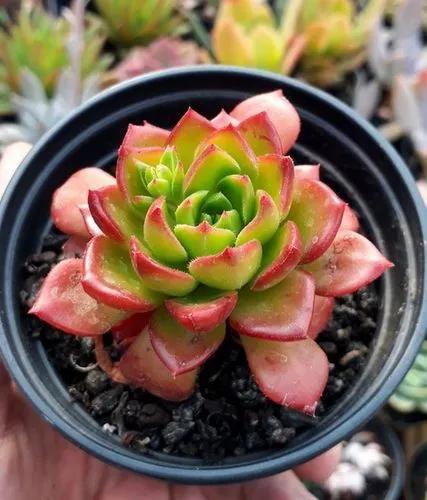Agave vilmoriniana is a succulent evergreen perennial agave plant native to Mexico. This succulent is a member of the Asparagaceae a family. It is also known as Agave mayoensis. It is known for its untoothed arching and twisting leaves.
Octopus Agave Care
Agave vilmoriniana



Vilmoriniana octopus Agave is an unusual looking succulent with rosettes growing to three or four feet high and five or six feet wide. Vilmoriniana is one of the ‘friendlier’ Agaves, having fine, soft serrations or spines along the leaf margins and a soft terminal spine. These monocarpic plants produce one spectacular flower spike in their lifetime. A mature plant (10 years old or older) produces a ten to twenty-foot flower stalk covered in attractive, fragrant golden-yellow flowers. The blossoms are extremely attractive to hummingbirds. It takes an entire season for the spike to grow to its maximum height, blossom and then topples.
How to Care for the Plant

Water

Although the plant is drought tolerant, water regularly while the plant is young and becoming established. Once established, allow the soil to dry completely and then water deeply during the growing season (spring through summer). Do not water at all during the winter.

Fertilizer

Fertilizing is not recommended as it might spur blooming, which would kill the plant.

Sunlight

These desert agave plants appreciate a full sun setting but can also do well in partial sun.

Soil

The best soil for this succulent provides good drainage, is sandy or gravelly. A substrate combination made up of equal parts compost, garden soil or potting mix combined with sharp sand, pumice or gravel is ideal.

Temperature

This plant can be grown in the areas with the lowest winter temperatures of -3.9°C (25°F).

Popularity

65 people already have this plant 22 people have added this plant to their wishlists
Discover more plants with the list below
Popular articles






